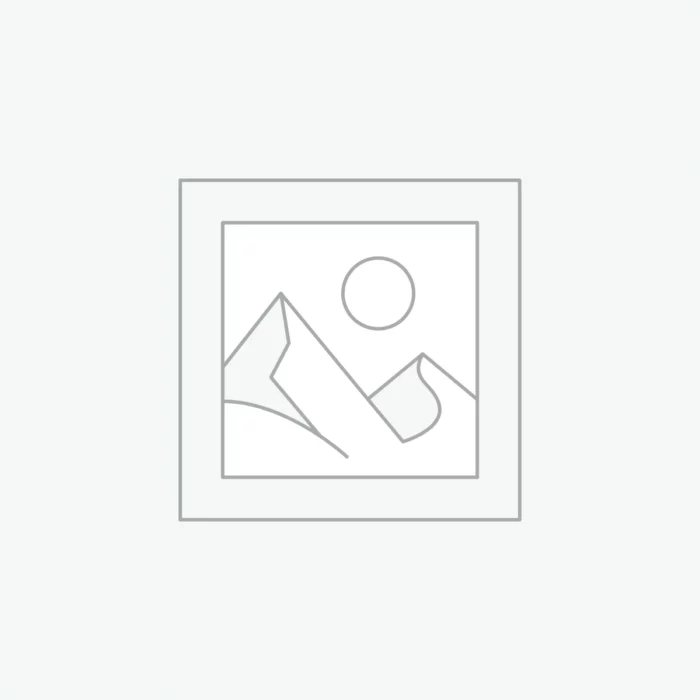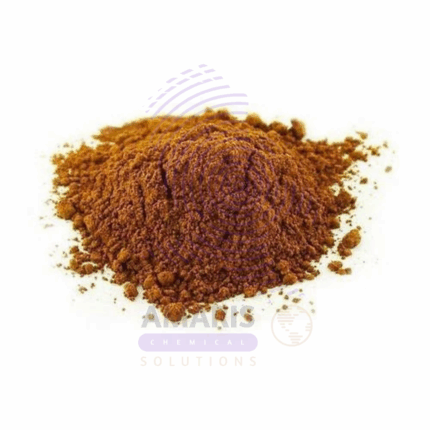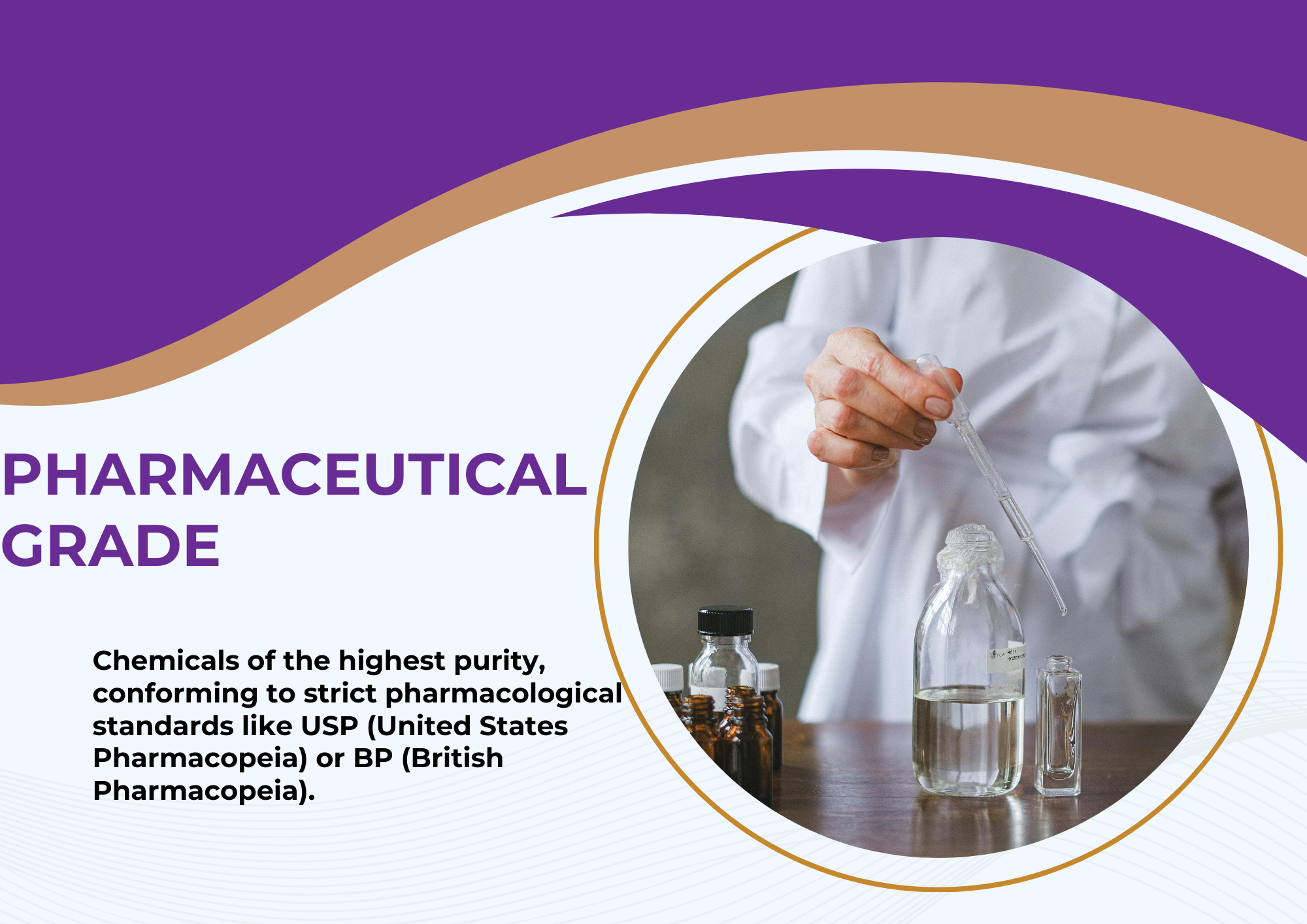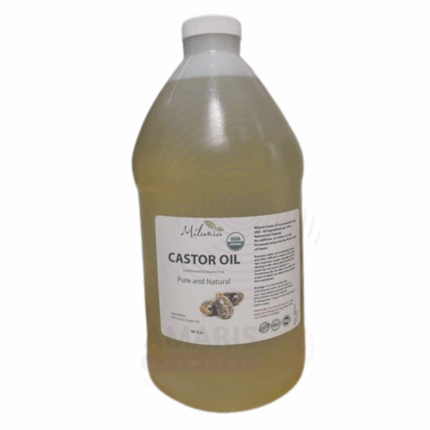Apricot Wax
Apricot Wax is a natural wax extracted from the kernels (seeds) of apricot fruit (Prunus armeniaca). It is a light, pale yellow to amber-colored wax known for its emollient, moisturizing, and film-forming properties. Apricot Wax is valued in cosmetics and personal care formulations for providing texture, stability, and a smooth, non-greasy feel. It is biodegradable, skin-friendly, and often used as a natural alternative to synthetic waxes. Derived through cold-pressing or solvent extraction, it contains natural fatty acids, esters, and vitamin E, contributing to its nourishing effects. Apricot Wax is commonly used in lip balms, creams, lotions, hair care products, and pharmaceutical ointments.
Uses
Primary Uses
Cosmetics & Personal Care
- Used as a thickening agent and emollient in lip balms, lipsticks, and lip glosses to provide smooth application and shine.
- Acts as a natural emulsifier and stabilizer in creams, lotions, and body butters.
- Provides conditioning and protective film on the skin in moisturizers and sunscreens.
- Used in hair care formulations like pomades and styling products for texture and hold.
Pharmaceuticals
- Serves as a base or carrier in topical ointments and creams for drug delivery.
- Provides skin barrier protection in medicated balms and healing salves.
Food Industry
- Occasionally used as a glazing agent or coating in confections and baked goods, subject to regulatory approval.
Secondary Uses
Candlemaking
- Blended with other natural waxes to improve texture and burn characteristics in artisan candles.
Polishes & Coatings
- Used in furniture and shoe polishes to provide a natural, glossy finish and protective layer.
Natural Remedies & Aromatherapy
Incorporated into natural salves and massage balms for its skin-softening properties.
- Basic Identification Attributes
- Chemical Name (IUPAC): Mixture of natural wax esters, fatty acids, and triglycerides derived from Prunus armeniaca kernels
- Common/Trade Name: Apricot Wax
- CAS Number: 8024-22-4 (natural wax category)
- HS Code: 1521.90.90
- Molecular Formula: Complex mixture (no single formula)
- Synonyms: Apricot kernel wax, Prunus armeniaca seed wax
- Physical & Chemical Properties
- Physical State: Solid wax flakes or pellets
- Color & Odor: Pale yellow to amber; mild, characteristic nutty aroma
- Melting Point: 70–78°C
- Boiling Point: Decomposes before boiling
- Density: ~0.90 g/cm³
- Solubility: Insoluble in water; soluble in oils, alcohols, and organic solvents
- Texture: Smooth, pliable wax
- Safety & Hazard Attributes
- Hazard Class (GHS): Generally recognized as safe (GRAS) for cosmetic use
- NFPA Ratings: Health 0, Flammability 1, Reactivity 0
- Exposure Limits: No specific occupational exposure limits
- Reactivity: Stable; non-reactive under normal conditions
- Storage & Handling Attributes
- Storage Conditions: Store in cool, dry, well-ventilated area away from direct sunlight and heat
- Container Type: Airtight containers, preferably opaque to prevent oxidation
- Shelf Life: 2–3 years under proper storage
- Special Handling: Avoid moisture contamination and prolonged heat exposure
- Regulatory & Compliance Attributes
- FDA: Approved as a cosmetic ingredient; food use subject to regulation
- IFRA: Compliance with fragrance ingredient standards if used in perfumed products
- REACH (EU): Registered as natural cosmetic raw material
- Transportation: Non-hazardous material for shipping
- Waste Disposal: Biodegradable; dispose of in accordance with local environmental regulations
- Environmental & Health Impact
- Ecotoxicity: Low environmental impact; biodegradable
- Persistence: Naturally decomposes in environment
- Health Impact: Non-toxic, non-irritating; suitable for sensitive skin
Biodegradability: Fully biodegradable
4. Safety Handling Precautions
- PPE: Use gloves when handling large quantities to avoid skin dryness or sensitivity.
- Handling: Minimize dust or powder inhalation during processing.
- Storage: Keep containers tightly closed to prevent contamination and oxidation.
- Hygiene: Wash hands after handling; avoid contact with eyes.
First Aid Measures
- Inhalation: Unlikely route of exposure; move to fresh air if irritation occurs.
- Skin Contact: Generally safe; wash with soap and water if irritation develops.
- Eye Contact: Rinse immediately with plenty of water; seek medical advice if irritation persists.
- Ingestion: Non-toxic; seek medical advice if large quantities swallowed.
Firefighting Measures
- Fire Hazards: Combustible solid; may ignite if exposed to open flame or high heat.
- Extinguishing Media: Use foam, dry chemical, or CO₂ extinguishers. Avoid water jets on burning wax.
- Special Precautions: Wear protective equipment and self-contained breathing apparatus (SCBA) if fighting large fires.


 Preservatives(food)
Preservatives(food) Flavor Enhancers
Flavor Enhancers Acidulants
Acidulants Sweeteners
Sweeteners Antioxidants
Antioxidants Colorants(food)
Colorants(food) Nutraceutical Ingredients (food)
Nutraceutical Ingredients (food) Nutrient Supplements
Nutrient Supplements Emulsifiers
Emulsifiers
 Collectors
Collectors Dust Suppressants
Dust Suppressants Explosives and Blasting Agents
Explosives and Blasting Agents Flocculants and Coagulants
Flocculants and Coagulants Frothers
Frothers Leaching Agents
Leaching Agents pH Modifiers
pH Modifiers Precious Metal Extraction Agents
Precious Metal Extraction Agents
 Antioxidants(plastic)
Antioxidants(plastic) Colorants (Pigments, Dyes)
Colorants (Pigments, Dyes) Fillers and Reinforcements
Fillers and Reinforcements Flame Retardants
Flame Retardants Monomers
Monomers Plasticizers
Plasticizers Polymerization Initiators
Polymerization Initiators Stabilizers (UV, Heat)
Stabilizers (UV, Heat)
 Antifoaming Agents
Antifoaming Agents Chelating Agents
Chelating Agents Coagulants and Flocculants
Coagulants and Flocculants Corrosion Inhibitors
Corrosion Inhibitors Disinfectants and Biocides
Disinfectants and Biocides Oxidizing Agents
Oxidizing Agents pH Adjusters
pH Adjusters Scale Inhibitors( water)
Scale Inhibitors( water)
 Antioxidants(cosmetic)
Antioxidants(cosmetic) Emollients
Emollients Fragrances and Essential Oils
Fragrances and Essential Oils Humectants
Humectants Preservatives
Preservatives Surfactants(cosmetic)
Surfactants(cosmetic) Thickeners
Thickeners UV Filters
UV Filters
 Fertilizers
Fertilizers Soil Conditioners
Soil Conditioners Plant Growth Regulators
Plant Growth Regulators Animal Feed Additives
Animal Feed Additives Biostimulants
Biostimulants Pesticides (Herbicides, Insecticides, Fungicides)
Pesticides (Herbicides, Insecticides, Fungicides)
 Active Pharmaceutical Ingredients (APIs)
Active Pharmaceutical Ingredients (APIs) Excipients
Excipients Solvents(pharmaceutical)
Solvents(pharmaceutical) Antibiotics
Antibiotics Antiseptics and Disinfectants
Antiseptics and Disinfectants Vaccine Adjuvants
Vaccine Adjuvants Nutraceutical Ingredients (pharmaceutical)
Nutraceutical Ingredients (pharmaceutical) Analgesics & Antipyretics
Analgesics & Antipyretics
 Analytical Reagents
Analytical Reagents Solvents(lab)
Solvents(lab) Chromatography Chemicals
Chromatography Chemicals Spectroscopy Reagents
Spectroscopy Reagents microbiology-and-cell-culture-reagents
microbiology-and-cell-culture-reagents Molecular Biology Reagents
Molecular Biology Reagents Biochemical Reagents
Biochemical Reagents Inorganic and Organic Standards
Inorganic and Organic Standards Laboratory Safety Chemicals
Laboratory Safety Chemicals Specialty Laboratory Chemicals(Special Laboratory Equipment)
Specialty Laboratory Chemicals(Special Laboratory Equipment)
 Demulsifiers
Demulsifiers Hydraulic Fracturing Fluids
Hydraulic Fracturing Fluids Scale Inhibitors(oil)
Scale Inhibitors(oil) Surfactants(oil)
Surfactants(oil) Drilling Fluids
Drilling Fluids
 Dyes and Pigments
Dyes and Pigments Bleaching Agents
Bleaching Agents Softening Agents
Softening Agents Finishing Agents
Finishing Agents Antistatic Agents
Antistatic Agents
 Admixtures
Admixtures Waterproofing Agents
Waterproofing Agents Sealants and Adhesives
Sealants and Adhesives Curing Compounds
Curing Compounds Concrete Repair Chemicals
Concrete Repair Chemicals Anti-Corrosion Coatings
Anti-Corrosion Coatings
 Surfactants(cleaning)
Surfactants(cleaning) Builders
Builders Enzymes
Enzymes Solvents (Cleaning)
Solvents (Cleaning) Fragrances
Fragrances
 Electronic Chemicals
Electronic Chemicals Catalysts
Catalysts Lubricants
Lubricants Photographic Chemicals
Photographic Chemicals Refrigerants
Refrigerants Automotive chemicals
Automotive chemicals Pyrotechnic Chemicals
Pyrotechnic Chemicals
 Biodegradable Surfactants
Biodegradable Surfactants Bio-based Solvents
Bio-based Solvents Renewable Polymers
Renewable Polymers Carbon Capture Chemicals
Carbon Capture Chemicals Wastewater Treatment Chemicals
Wastewater Treatment Chemicals
 Pigments
Pigments Solvents(paint)
Solvents(paint) Specialty Coatings
Specialty Coatings Binders/Resins
Binders/Resins Additives
Additives Driers
Driers Anti-Corrosion Agents
Anti-Corrosion Agents Functional Coatings
Functional Coatings Application-Specific Coatings
Application-Specific Coatings
 Fresh Herbs
Fresh Herbs Ground Spices
Ground Spices Whole Spices
Whole Spices Spice Blends
Spice Blends Dried Herbs
Dried Herbs
 Leavening Agents
Leavening Agents Dough Conditioners
Dough Conditioners Flour Treatments
Flour Treatments Fat Replacers
Fat Replacers Decoratives
Decoratives Preservatives(baking)
Preservatives(baking)
 Plasticizers & Softeners
Plasticizers & Softeners Reinforcing Agents
Reinforcing Agents Adhesion Promoters
Adhesion Promoters Vulcanizing Agents
Vulcanizing Agents Antidegradants
Antidegradants Blowing Agents
Blowing Agents Fillers & Extenders
Fillers & Extenders Accelerators & Retarders
Accelerators & Retarders

























